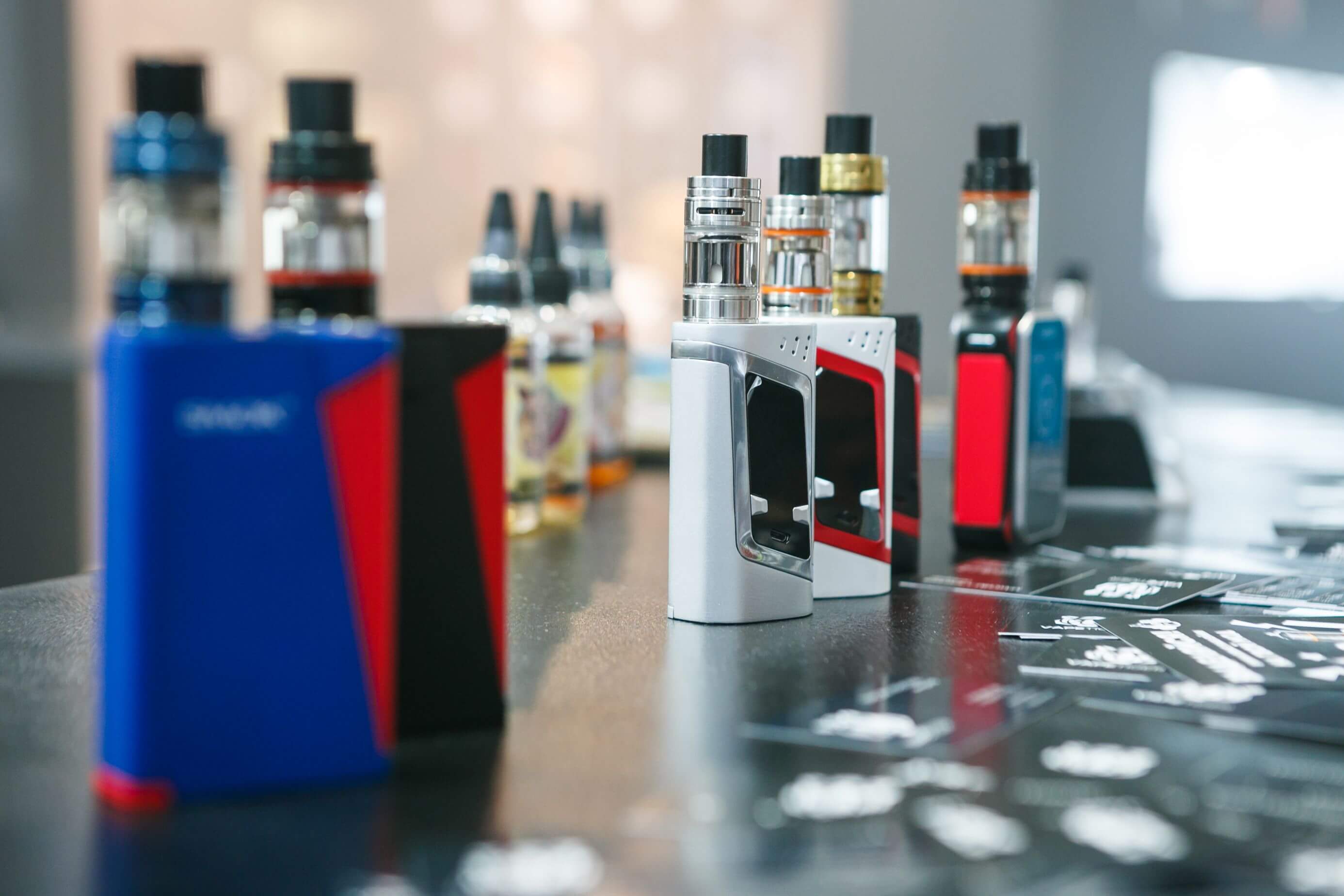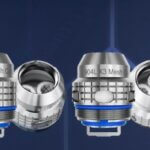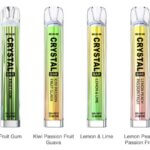The day you decide to actively stop smoking is a day of celebration. But your first day without a cigarette can be difficult. E-cigarettes have helped millions of people quit smoking. There are no e-cigarettes currently available on prescription. But once medicinally licensed e-cigarette products become available, GPs and stop smoking services will be able to prescribe them. So what are some of the over the counter and prescribed vaping alternatives to help you kick the habit.
Nicotine Replacement Therapy (NRT)
The main reason that people smoke is because they are addicted to nicotine. Nicotine replacement therapy is medication that provides you with low level of nicotine, without the tar, carbon monoxide and other poisonous chemical present in tobacco smoke. In turn this helps reduce unpleasant withdrawal effects, such as bad moods and cravings, which may occur when you stop smoking.
Where to get it and how to use it
NRT can be bought from pharmacies and some shops. It’s also available on prescription from a doctor or NHS stop smoking service.
Some popular Nicotine Replacement Therapy:
- Skin patch– The skin patch works by replacing some of the nicotine you would normally inhale from cigarettes. You can wear this patch on your skin, such as the upper arm, where it is then absorbed into your body through the skin. Whilst it may not cure symptoms completely, it will help with withdrawal symptoms
- Chewing gum– Gum works by replacing some of the nicotine you would normally inhale from cigarettes. It consists of nicotine mixed with chewing gum. It has a similar affect to the patches, but this time the nicotine is absorbed through the lining of your mouth.
- Inhalators (Plastic looking cigarettes)
Nicotine inhalers are available only by prescription. The design mimics that of a normal cigarette with a cartridge that contains nicotine that plugs into a plastic mouthpiece. When cravings for a cigarette occur, the inhaler is used much like a cigarette would be. As air passes through the inhaler, nicotine is released in vapour form. Each cartridge is designed to work for about 20 minutes of steady puffing. Although not as exciting as an E- cig, it can still yield effective results
- Lozenges and Oral Strips
The main advantage of lozenges and oral strips is that you can use them discreetly to help you stop smoking at work or other occasions where you cannot chew gum.
- Nasal sprays Nasal sprays are rapidly absorbed into the body through the nostrils, the spray is a great choice for heavier smokers who want hard-hitting and speedy relief from unpleasant withdrawal symptoms after stopping smoking.
Non NRT Methods
Behavioral therapy.– Hiring a counsellor could be a solution. You will find your triggers (such as emotions or situations that make you want to smoke) and together you will make a plan to fight them
Non-Nicotine Medications. Bupropion (Zyban) and Varenicline (Chantix) are intended to help people quit smoking by acting on chemicals in the brain to reduce any pleasure you may get from smoking tobacco or simply by reducing cravings. These can only be prescribed by your Doctor.
Hypnosis. If these NRT methods haven’t helped you kick the habit, don’t give up. Ask your doctor if hypnosis is an option for you. Clinical hypnosis may be used to treat certain psychological problems.
Vaping. Read our guide on 5 Easy Steps to Successful Vaping and find out if vaping could help you quit.








